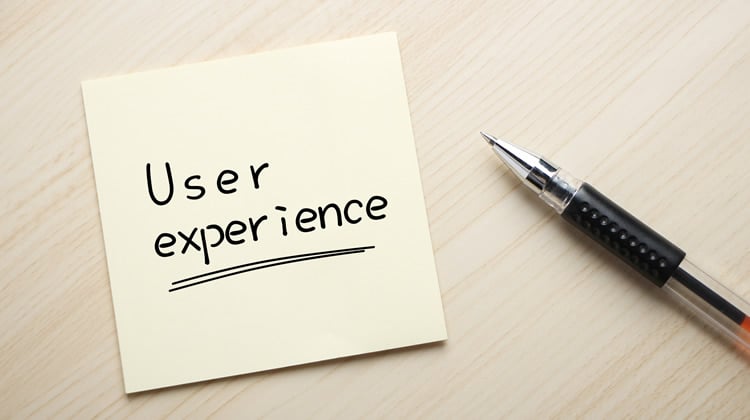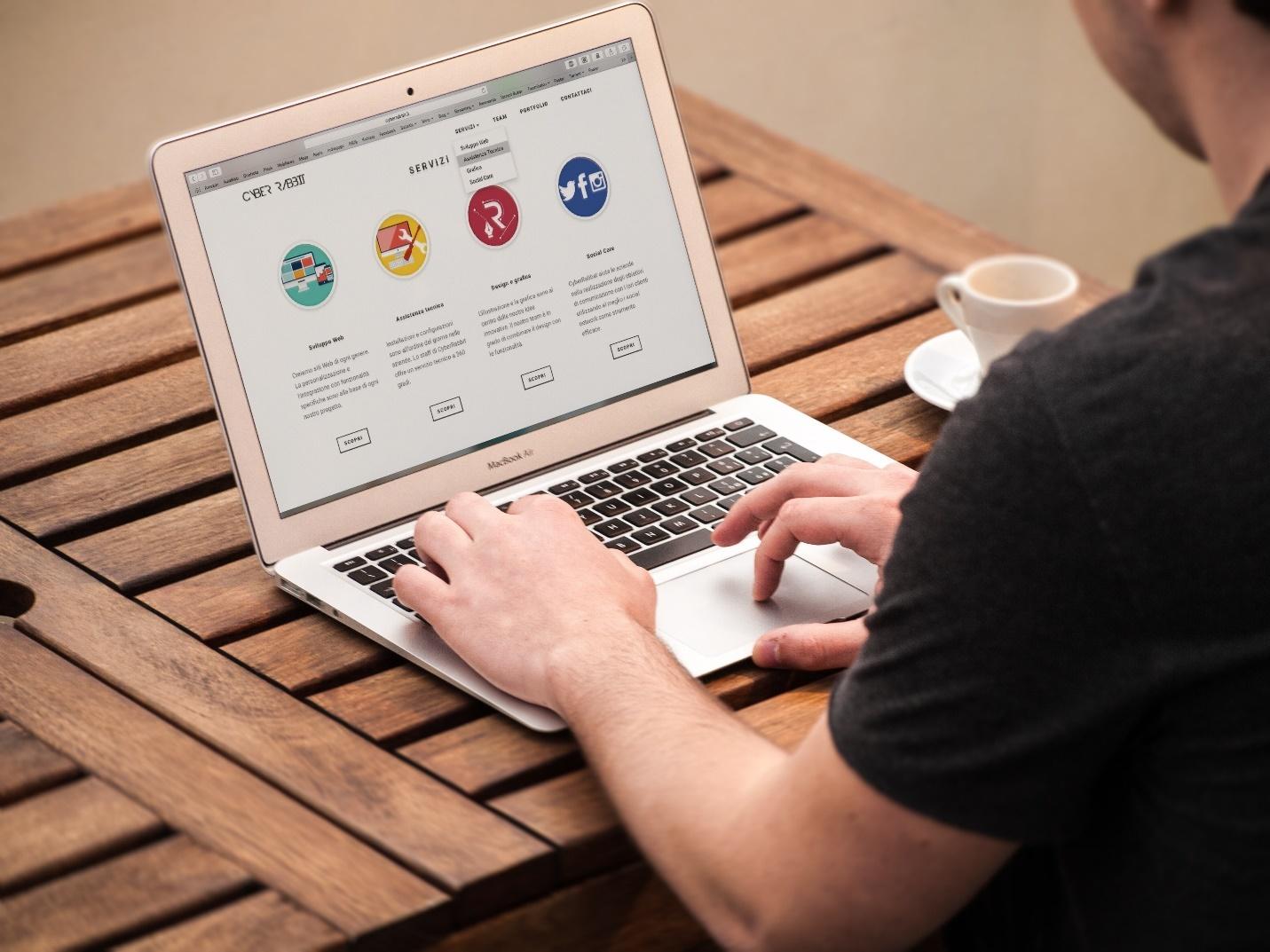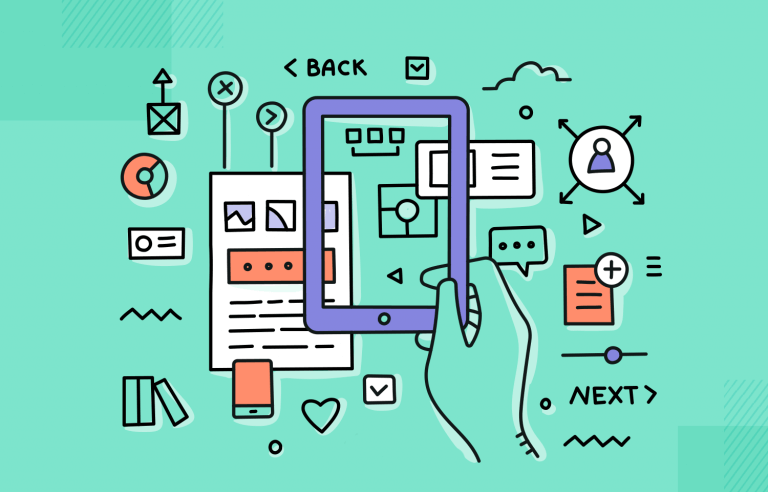User Experience- If there is one thing that has troubled digital marketers, it is the definition of the term "user experience."
User experience (UX) is so perplexing because the phrase can have several definitions, even within the UX community.
The term "user experience" is used in a variety of professions, including software design, website design, app design, and others.
When all of the UX research and theories on the subject are considered, it is easy to understand how defining such a complicated concept as user experience might be such a difficult task.
The emotion that people get when utilizing a product, application, system, or service is referred to as user experience.
It is a wide phrase that can navigate the product, how easy it is to use, how relevant the contentdisplayed is etc.
What Is User Experience (UX)?
To begin, we'll define UX, which stands for "user experience."
"User experience" refers to how people engage with a product.
When we wish to turn on a light in our room, for example, we interact with a light switch.
The color, substance, and physical look of the switch may influence how we feel about the contact.
Similarly, in the area of digital design, user experience (UX) refers to anything that influences a user's encounter with a digital product.
When individuals utilize a product, they often assess their experiences using the following criteria:
- Value. Does this product give me value?
- Function. Does this product work?
- Usability. Is it easy to use?
- General impression. Is it pleasant to use?
What Is User Experience Design?
Because the term "UX" is typically often preceded by the word "design," persons who work in this profession are referred to as "UX designers."
Does this imply that UX designers create user experiences?
No, it does not.
User experience cannot be designed because it pertains to a user's impression of a product.
However, you may create settings that are more likely to result in a favorable impression.
So, UX designers are folks who design for user experience.
In layman's words, UX design is the process of developing practical and useable goods (digital or physical).
The desired traits are further broken down in Peter Morville's UX honeycomb:
Usable: A product should be basic, simple to use, and familiar.
Useful: A product must meet a need. There is no meaningful motive for people to utilize a product if it does not address a perceived gap in their life.
Desirable: The product's visual aesthetics must be appealing and elicit good feelings.
Findable: If a user has an issue with a product, they should be able to locate a remedy fast.
Accessible: The product or service must be usable by all people, including those with impairments.
Credible: The firm and its products must be dependable.
User Experience And The Digital World
Despite being a scientific phrase, its application has been nearly solely in digital disciplines since its conception; one reason for this is that the IT sector was exploding around the time of the term's development.
Essentially, user experience refers to anything that can be experienced, such as a website, a coffee machine, or a trip to the grocery.
The "user experience" component relates to the user's interaction with a product or service.
Then, user experience design takes into account all of the many aspects that create this experience.
What UX Design Means?
“„User Experience Design (UXD or UED) is a design process whose main goal is to create a system that provides an excellent user experience.
As a result, UXD incorporates theories from a variety of disciplines, including user interface design, usability, accessibility, information architecture, and Human-Computer Interaction.
User Experience Designers are those who are particularly concerned with the interaction that occurs between users and the system they are using.
What Does User Experience Involve?
A UX designer considers how the experience makes the user feel, as well as how simple it is for the user to do their intended tasks.
They also watch and do task analytics to determine how users finish tasks in a user flow.
For example, how simple is the online checkout process? How well do you hold that veggie peeler?
Is it simple to handle your moneyusing your online banking app?
The ultimate goal of UX design is to produce simple, efficient, relevant, and enjoyable user experiences.
What Is The Difference Between UI And UX?
Although the acronyms UI and UX are sometimes used interchangeably, the terms User Interface and User Experience are significantly distinct.
The User Interface is what the user sees and interacts with within the product: the buttons, layout, navigation, form fields, and so on.
It is what a user sees, touches, and clicks, much like the cockpit of a plane or the buttons on the remote control.
The term "UI" can also refer to a product's "look and feel."
User Experience spans a far broader range of features than User Interface, while UI is clearly included inside this bigger definition.
The User Experience encompasses everything an end-user performs with the product, including how it fits into their broader workflow and the actions before and after the product is used.
Furthermore, the User Experience addresses how those encounters will vary over time as the customer's use changes and the product and organization improve.
What UX Designers Do Goes Beyond UI Design?
The words "User Experience Design" and "User Interface Design" are sometimes used interchangeably.
While usability and user interface (UI) design are significant parts of UX design, they are subsets of it; UX design encompasses a wide range of other disciplines as well.
A UX designer is concerned with the complete product acquisition and integration process, including branding, design, usability, and function.
“„No product is an island. A product is more than a product. It is a cohesive, integrated set of experiences. Think through all of the stages of a product or service – from initial intentions through final reflections, from the first usage to help, service, and maintenance. Make them all work together seamlessly.
Don Norman, the "User Experience" pioneer.
Products that give a fantastic user experience (for example, the iPhone) are therefore created with the full process of obtaining, owning, and even troubleshooting it in mind.
Similarly, UX designers don't simply focus on making things that are useful; we also consider pleasure, efficiency, and fun as parts of the user experience.
As a result, there is no universal definition of a good user experience.
Instead, a good user experience is one that fits the demands of a given user in the environment in which he or she utilizes the product.
People Also Ask
Why Is UX So Important?
User experience is important because it attempts to meet the demands of the user.
Its goal is to deliver great experiences that keep users loyal to a product or brand.
Furthermore, defining customer journeys on your product that are most conducive to commercial success is made possible by a meaningful user experience.
What Makes A Great User Experience?
Everyone's user experience is unique.
The most essential thing to remember while developing a product is that even if you developed it, you may not be a possible consumer who will utilize it.
As a result, we cannot presume what a user wants or what they require.
What Means UI And UX?
UX (user experience) and UI (user interface) are two words that are inextricably linked.
While UI is concerned with the interaction of people with computer systems, software, and apps, UX is concerned with the total experience of a user with a brand, product, or service.
Conclusion
User experience is a difficult notion to articulate, but once understood, it's quite simple to apply to web design and digital marketing.
By narrowing the concept of user experience to only those aspects of human behavior that we can influence, we can create simple-to-use, efficient, and appealing site offers that keep leads and customers coming back for more.
Good User Experience is critical to the success of your product and business, and User Experience designers play an important role in this process.
By putting your consumers' requirements at the center of your design, learning about their expectations, and then exceeding those expectations, you will get devoted customers who will sing your praises and spread the news about your product.


